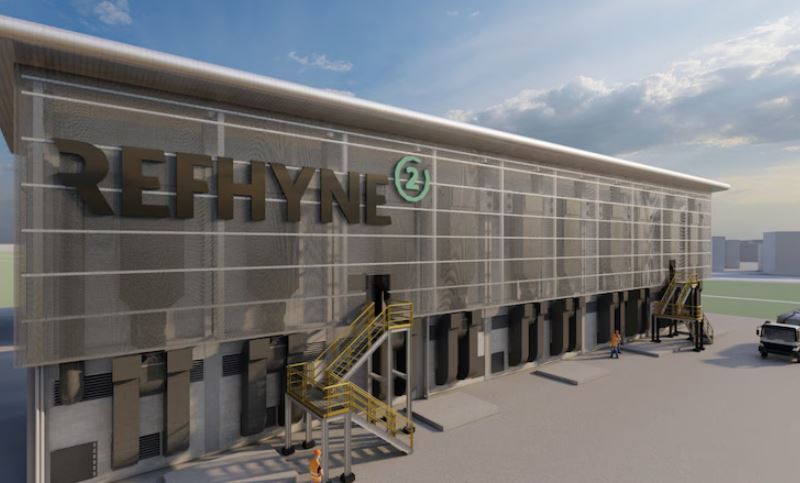Linde Engineering’s recent agreement with Shell Deutschland GmbH to build a 100 MW renewable hydrogen plant, REFHYNE II, at the Shell Energy and Chemicals Park Rheinland in Wesseling, Germany, is being hailed as a significant stride toward decarbonization.
REFHYNE II builds upon the foundation laid by REFHYNE I, a 10 MW PEM electrolyzer that became operational in 2021. The scale-up to a 100 MW facility is ambitious and aligns with the industry’s push towards larger, more impactful projects. While the projected production of up to 44,000 kilograms of renewable hydrogen per day is noteworthy, the question remains whether this will be sufficient to make a tangible difference in decarbonizing Shell’s site operations. The success of REFHYNE II will largely depend on its operational efficiency and the actual reduction in carbon intensity it achieves, factors that are often underreported in early project announcements.
The use of proton-exchange membrane (PEM) technology in REFHYNE II is another aspect worth scrutinizing. PEM electrolyzers are known for their ability to operate at variable loads, making them suitable for integrating renewable energy sources like wind and solar. However, they also face challenges, particularly in terms of cost and scalability when compared to traditional alkaline electrolyzers. The real test for REFHYNE II will be its ability to balance these challenges while delivering consistent and cost-effective hydrogen production. While Linde Engineering’s involvement lends credibility, the project’s success will ultimately depend on overcoming the inherent limitations of PEM technology at such a large scale.
REFHYNE II benefits from substantial financial backing from the European Union and the German Federal Government, along with a supportive regulatory framework. While this support is crucial for advancing hydrogen technology, it also raises questions about the project’s long-term viability without continued subsidies. The hydrogen economy, particularly renewable hydrogen, is still in its nascent stages, and reliance on financial incentives may mask underlying economic inefficiencies. A critical examination of REFHYNE II should consider whether the project can sustain itself once these external supports are withdrawn or if it will remain dependent on continued government intervention.
Shell’s framing of REFHYNE II as a milestone in its journey to become a net-zero-emissions company by 2050 warrants scrutiny. While the project aligns with Shell’s broader sustainability goals, it’s important to assess whether REFHYNE II represents a genuine commitment to decarbonization or if it’s part of a broader strategy to enhance the company’s green credentials without addressing more systemic environmental impacts.
